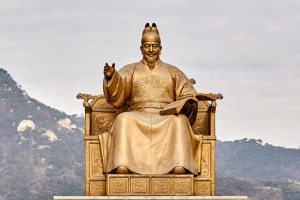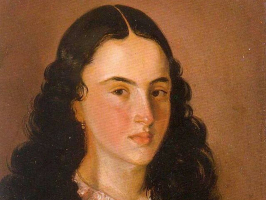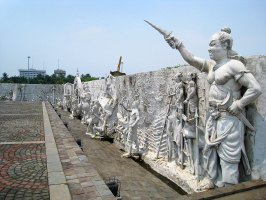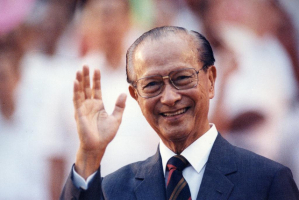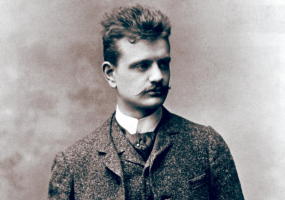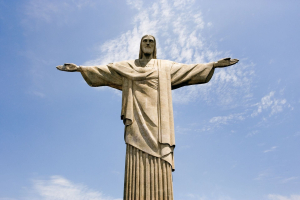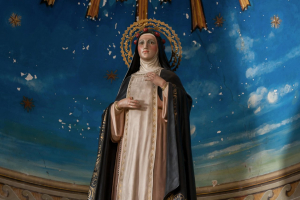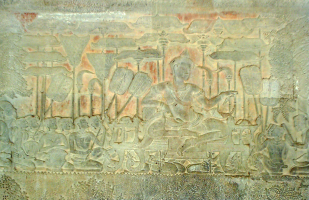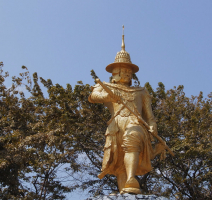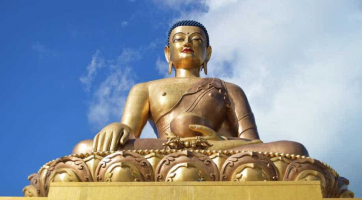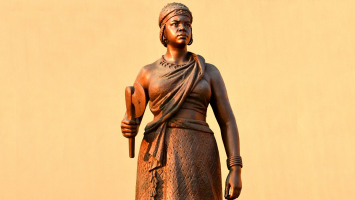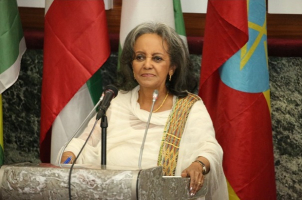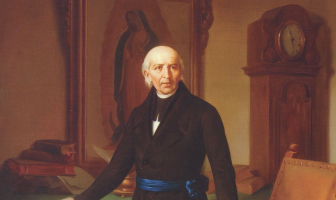Top 4 Most Important Historical Figures In Azerbaijan
Azerbaijan, formally the Republic of Azerbaijan, is a transcontinental country bordering Eastern Europe and Western Asia. Azerbaijan produced a number of ... read more...influential Azerbaijanis who made significant contributions to the world. This article will introduce you to the most important historical figures in Azerbaijan.
-
One of the most important historical figures in Azerbaijan is Nizami Ganjavi. Nizami Ganjavi (c. 1141-1209), also known as Nizami Ganje'i, Nizami, or Nezāmi, was a 12th-century Persian Sunni Muslim poet whose formal name was Jamal ad-Dīn Abū Muḥammad Ilyās ibn-Yūsuf ibn-Zakkī. Nezāmi is regarded as the greatest romantic epic poet in Persian literature, bringing to the Persian epic a colloquial and realistic style. Afghanistan, the Republic of Azerbaijan, Iran, the Kurdistan area, and Tajikistan all value and share his legacy.
Nezami lived in an era of political instability as well as an intense intellectual activity, which his poems reflect; however, little is known about his life, his relationships with his patrons, or the precise dates of his works, as the many legends that have grown up around the poet have colored the accounts of his later biographers. He dedicated his poetry to numerous kings of the region, as was customary for famous writers of the period, but avoided court life.
Because all of Nizami's writings are written in Persian, he has a very high reputation in Iran, Afghanistan, and Tajikistan, where Persian is the official language. His poet work is well known, particularly in Iran; nevertheless, he is also a well-known poet in Azerbaijan, where his poet's birthplace and mausoleum are located. He is well-known in various countries, particularly in India and Pakistan.
Nezami appeared on the obverse of Azerbaijan's 500 manat banknotes from 1993 to 2006. On the 800th anniversary of his death, the National Bank of Azerbaijan issued a 100 manat gold commemorative coin in his honor in 2008. The Nizami Literary Museum is located in Baku, Republic of Azerbaijan. The Nizami Mausoleum, created in Nizami's honor, is located just outside of Ganja, Azerbaijan. It's a tall, cylindrical structure surrounded by gardens. The mausoleum was first constructed in 1947 to replace an ancient collapsed mausoleum, and it was restored to its current form when the Azerbaijani Republic achieved independence with the fall of the Soviet Union in 1991. Many cities in the Republic of Azerbaijan and Iran have monuments honoring Nezami, as well as Moscow, St. Petersburg, Udmurtiya (Russia), Kyiv (Ukraine), Beijing (China), Tashkent (Uzbekistan), Marneuli (Georgia), Chişinău (Moldova), and Rome (Italy).
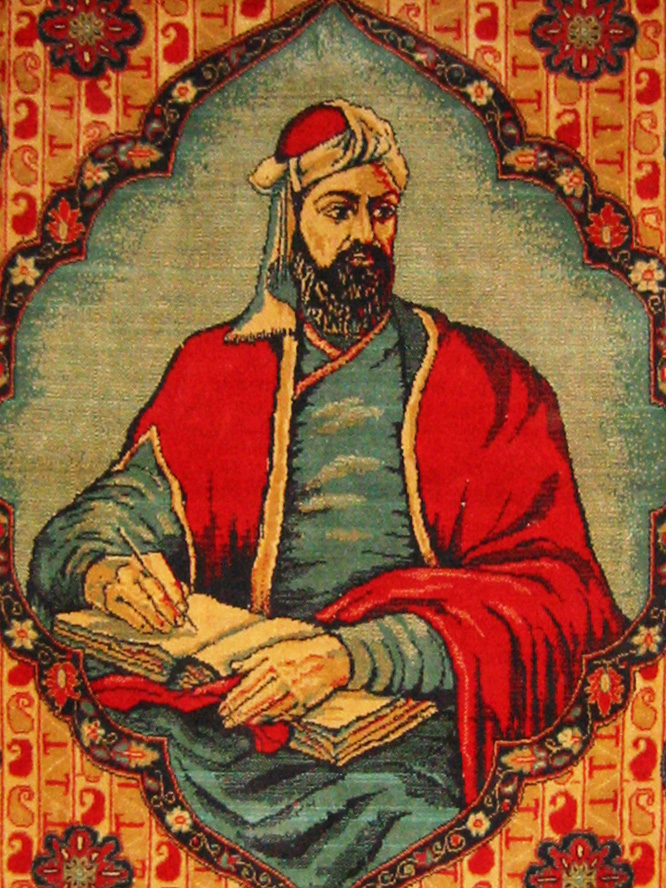
en.wikipedia.org 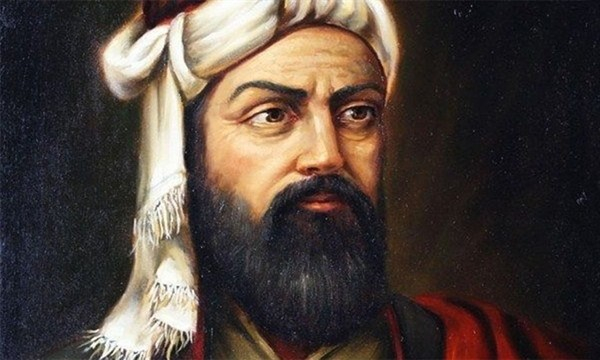
baoquocte.vn -
One of the most important historical figures in Azerbaijan is Heydar Alirza oghlu Aliyev. He (May 10, 1923 – December 12, 2003) was a Soviet and Azerbaijani politician who served as Azerbaijan's third president from October 1993 until October 2003. Originally a high-ranking official in the KGB of the Azerbaijan SSR for 28 years (1941-1969), he headed Soviet Azerbaijan from 1969 to 1982 and served as the First Deputy Premier of the Soviet Union from 1982 to 1987.
Aliyev was elected president of independent Azerbaijan at a time when the country was on the verge of civil war and had suffered significant losses in the First Nagorno-Karabakh War with neighboring Armenia. Supporters of Aliyev credit him for restoring Azerbaijan's stability and transforming the country into a major worldwide energy producer. In Azerbaijan, his regime has been labeled as dictatorial, authoritarian, and repressive. He was also accused of running a heavy-handed police state in which elections were manipulated and criticism was suppressed. A personality cult sprung up around Aliyev, which lasted until his death in 2003. His son, Ilham Aliyev, was elected president in a contentious election shortly before his death and continues to lead Azerbaijan to this day.
Throughout his life, Aliyev received numerous state orders and medals, and international prizes, and was named honorary doctor of various universities. He has been awarded the Order of Lenin five times, the Order of the Red Star once, and the Hero of Socialist Labor twice. Aliyev received Ukraine's highest accolade, the Yaroslav Mudry Order, on March 27, 1997, in Kyiv, Ukraine, and Turkey's highest honor, the Atatürk International Peace Prize, on April 13, 1999. On 3 April 2003, he was elected a professor and authorized member of the Russian Federation's Academy of Safety, and he was later granted the Yuri Andropov Premium. A statue of Aliyev has been inaugurated in Belgrade's Tamajdan Park, with the Azerbaijani government contributing 2 million euros ($2.9 million) to its refurbishment. A statue of Aliyev, given to Mexico by the Azerbaijani embassy, was put in a park in Mexico City in August 2012, but it was removed the following January after becoming contentious.
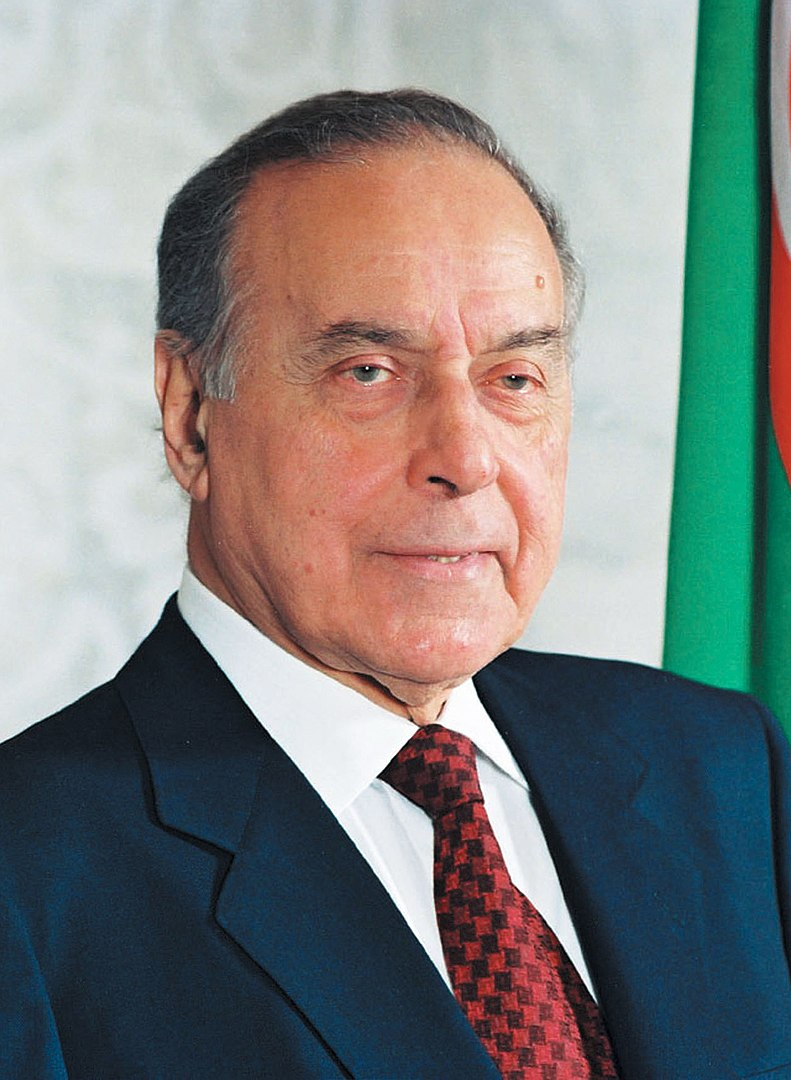
wikiwand.com 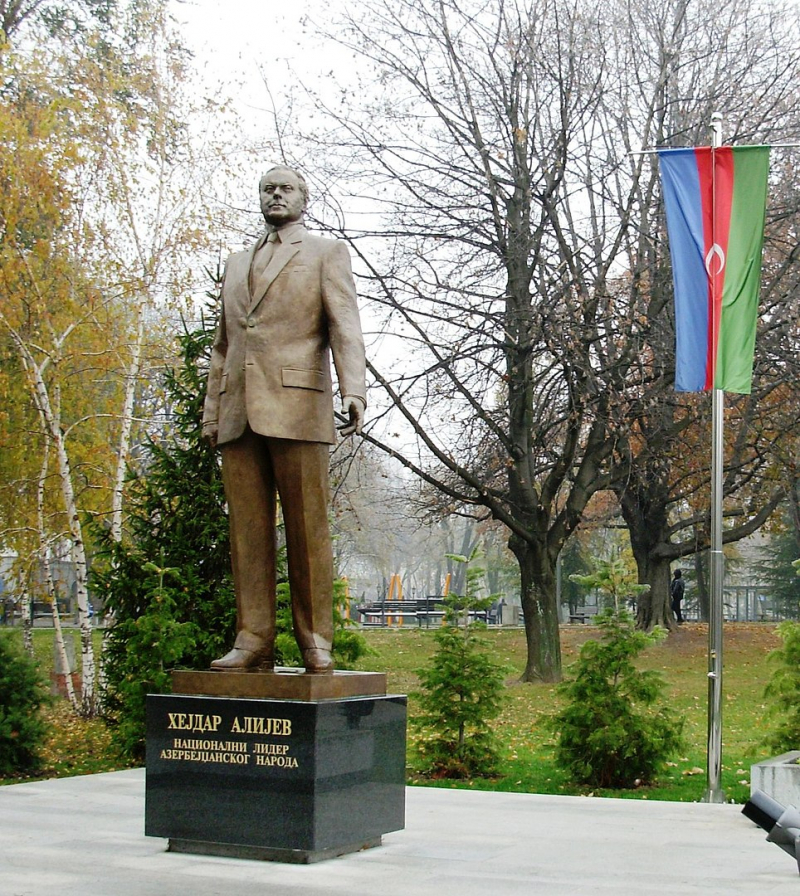
Aliyev's statue in Belgrade -en.wikipedia.org -
Ahmad Javad (May 5, 1892 – October 13, 1937) was an Azerbaijani poet best known for composing the words of the Azerbaijani National Anthem, which was used throughout the 1918-1920 Democratic Republic of Azerbaijan, and again since 1991, as well as another poem titled Chirpynirdi gara deniz.
Ahmad Javad Akhundzade was born on May 5, 1892, in the Shamkir rayon village of Seyfali. He had his primary education at home, where he studied Turkish, Persian, Arabic, and Eastern literature. He began working as a teacher in 1912, after graduating from a religious seminary in Ganja. During the Balkan conflict, he served in a detachment of Caucasus volunteers on the Turkish side. He released the poetry books "Goshma" (1916) and "Dalga" (1917). (1919). He joined the Musavat Party in 1918, at the advice of Mammed Amin Rasulzade, and served on its Central Committee from 1920 to 1923, for which he was jailed in 1923 and eventually released. Javad wrote on the ADR in "Azerbaijan, Azerbaijan!" and the Azerbaijani flag in "To Azerbaijan's Flag." Under the ADR, he continued to teach and contributed to the establishment of Azerbaijan University. In his poem "O, soldier!" he praised the Turkish Army, which fought alongside Azerbaijan in 1918. Javad continued to teach after Soviet control was established. He was the headmaster and a Russian and Azerbaijani teacher in the village of Khulug in Gusar rayon in 1920, but from 1920 to 1922 he was the Quba rayon's public education branch manager.
From 1922 to 1927, he studied history and philology at Azerbaijan's Pedagogic Institute while also teaching at the Nariman Narimanov Technical School. From 1924 until 1926, he was the senior secretary of the Azerbaijan Union of Soviet Writers. Javad was detained in 1925 for the poem "Goygol." He relocated to Ganja in 1930. From 1930 to 1933, he worked at Ganja Agricultural Institute as a teacher, then as an associate professor and chair of Russian and Azerbaijani languages. He was appointed professor in 1933. He then became the literary director of Ganja Drama Theater.
Later, he was seized by the Soviet administration and killed on October 13, 1937, accused of spreading Musavat-inspired nationalism among young Azerbaijani poets. Called Yashil Galamlar (Green Pens), he was a leader of the Musavat Literature Union. Javad was one of several Azerbaijani artists and writers who were imprisoned and executed by the Soviet Union for holding dangerous beliefs.
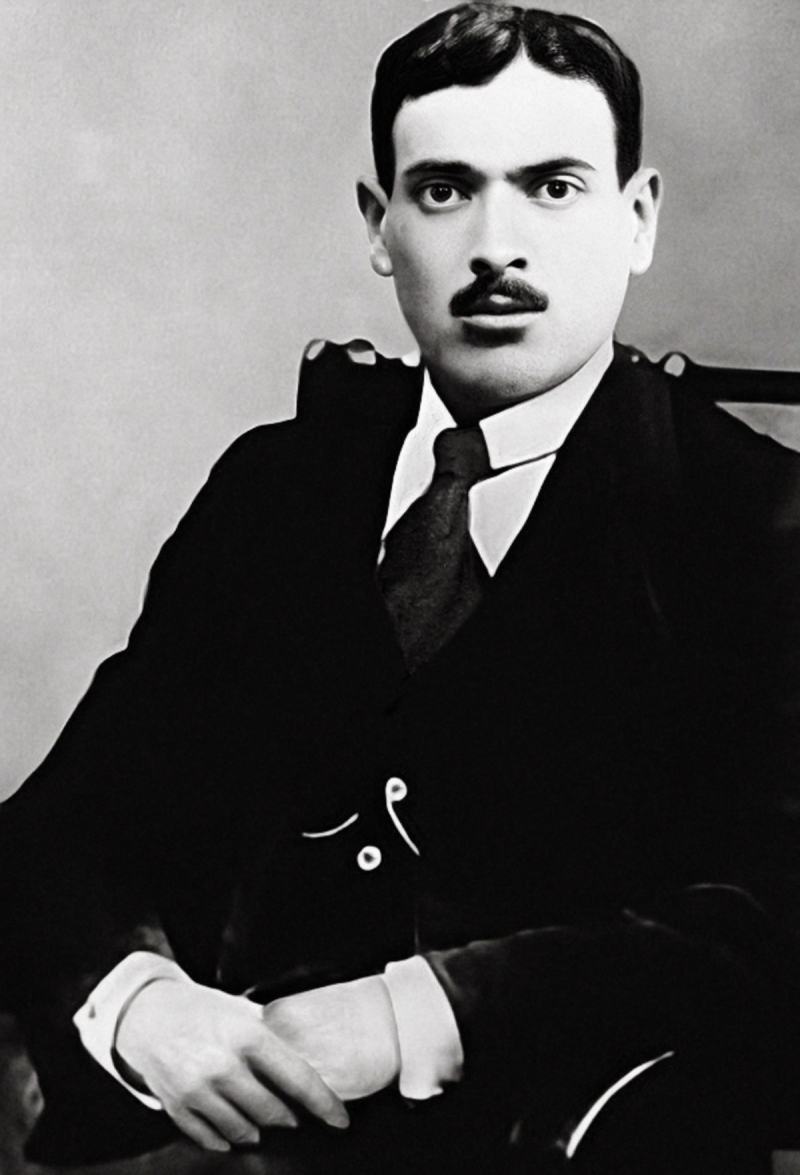
en.wikipedia.org 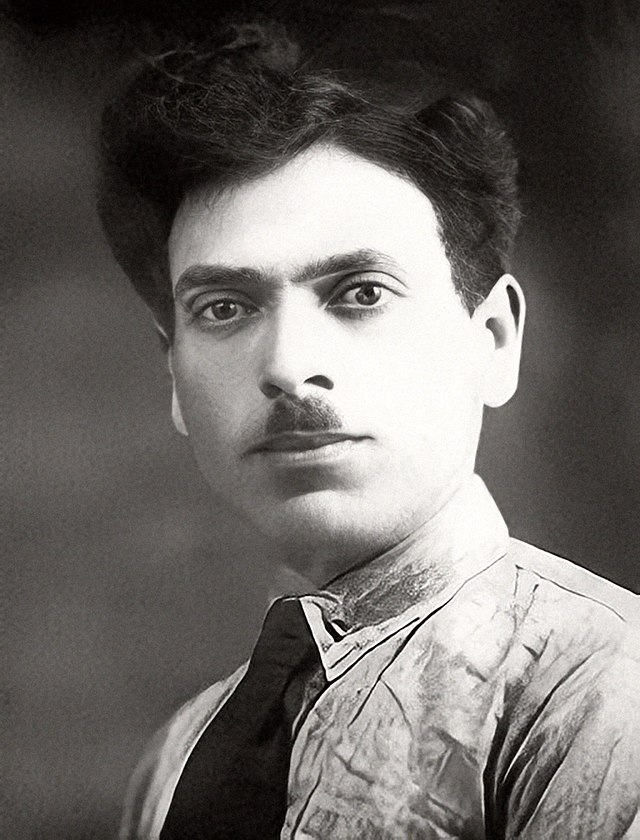
wikidata.org -
One of the most important historical figures in Azerbaijan that we want to introduce to you is Leyla Alasgar gizi Mammadbeyova. She was the first Azerbaijani female aviator (17 September 1909 – 4 July 1989). She was also Transcaucasia's, Southern Europe's, and Southwest Asia's first female pilot.
Huseyn Arablinski, one of Azerbaijan's pioneer film actors, was Mammadbeyova's father, Alasgar Zeynalov. Her family was arts-oriented, and she could play the piano and tar as a teenager. At the age of 14, she married former landowner Bahram Mammadbeyov of Kurdakhany, who went on to become the head of Baku's Professional Unions Bank.
Mammadbeyova was trained as a professional aviator at the Baku Airclub and performed her first flight in 1931. She continued her education at an aviator school in Moscow in 1932. Mammadbeyova became the Soviet Union's second female parachutist (after Nina Kamneva) on March 17, 1933, when she leaped from a Polikarpov Po-2 plane at Moscow's Tushino Airfield. In 1934, she won a parachute jump competition among South Caucasus nations. By 1941, she was the Soviet Army's Squadron Leader.
Leyla Mammadbeyova established herself as a living icon while still in her twenties. Her bravery and abilities were lauded in the media and the arts. Her character influenced Mikayil Mushfig's (Afshan, 1933 and Shoyla, 1934) and Samad Vurgun's (Leyla, 1935) works, as well as the film Ismat (dir. Mikayil Mikayilov, 1934). Azerbaijantelefilm released Leyla, a documentary on Mammadbeyova's life and career directed by Nazim Rza Israfiloglu, in 1995.
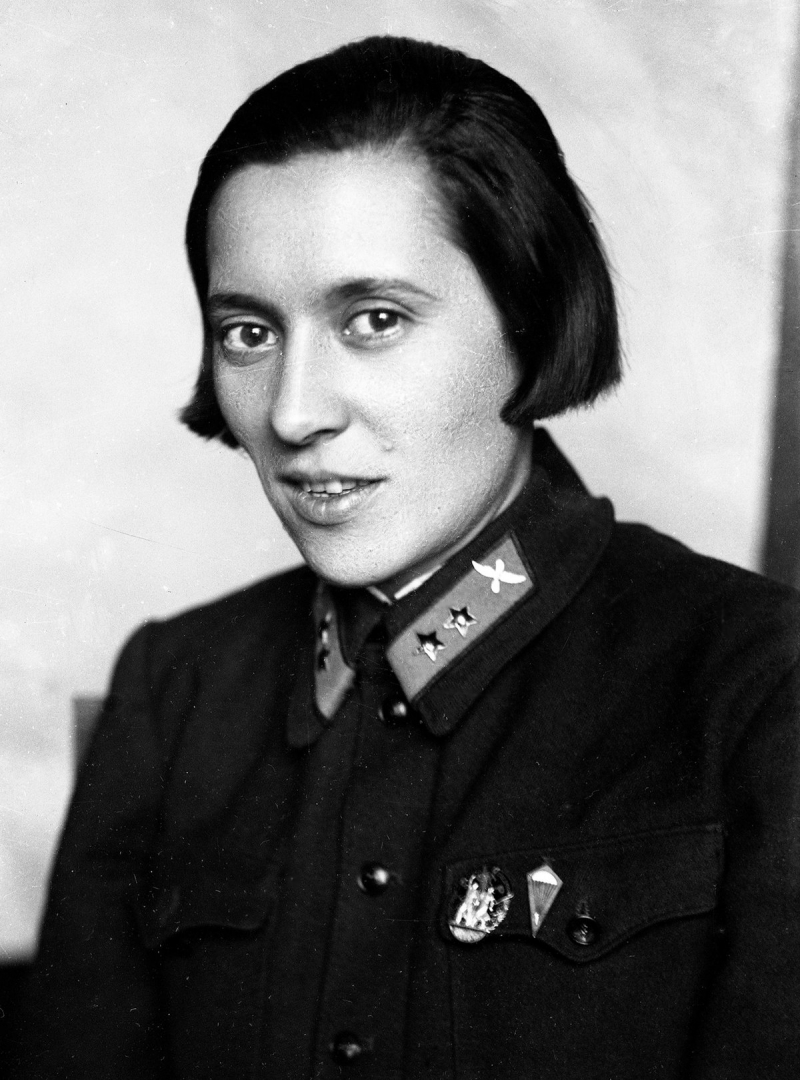
en.wikipedia.org 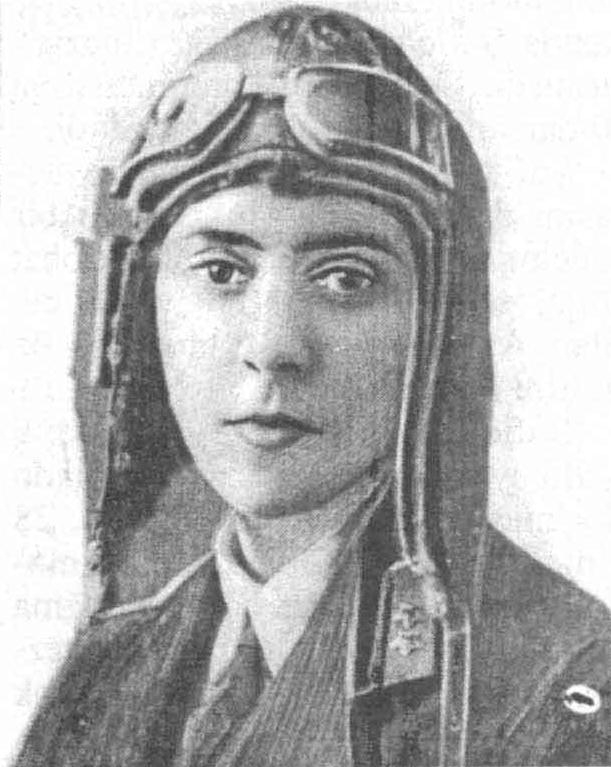
pantheon.world








